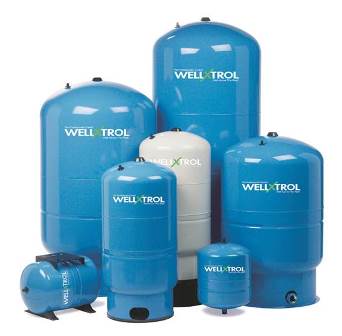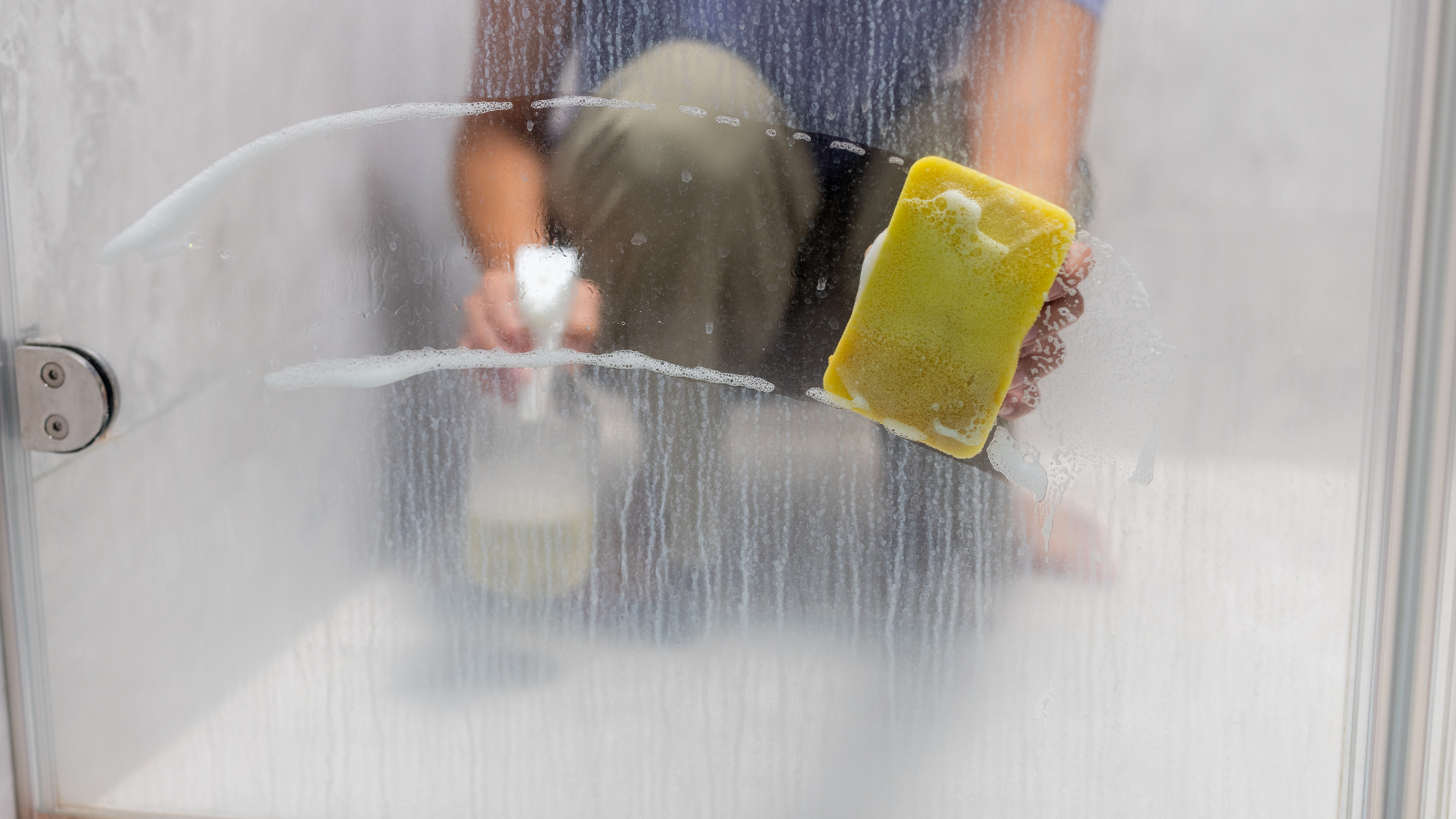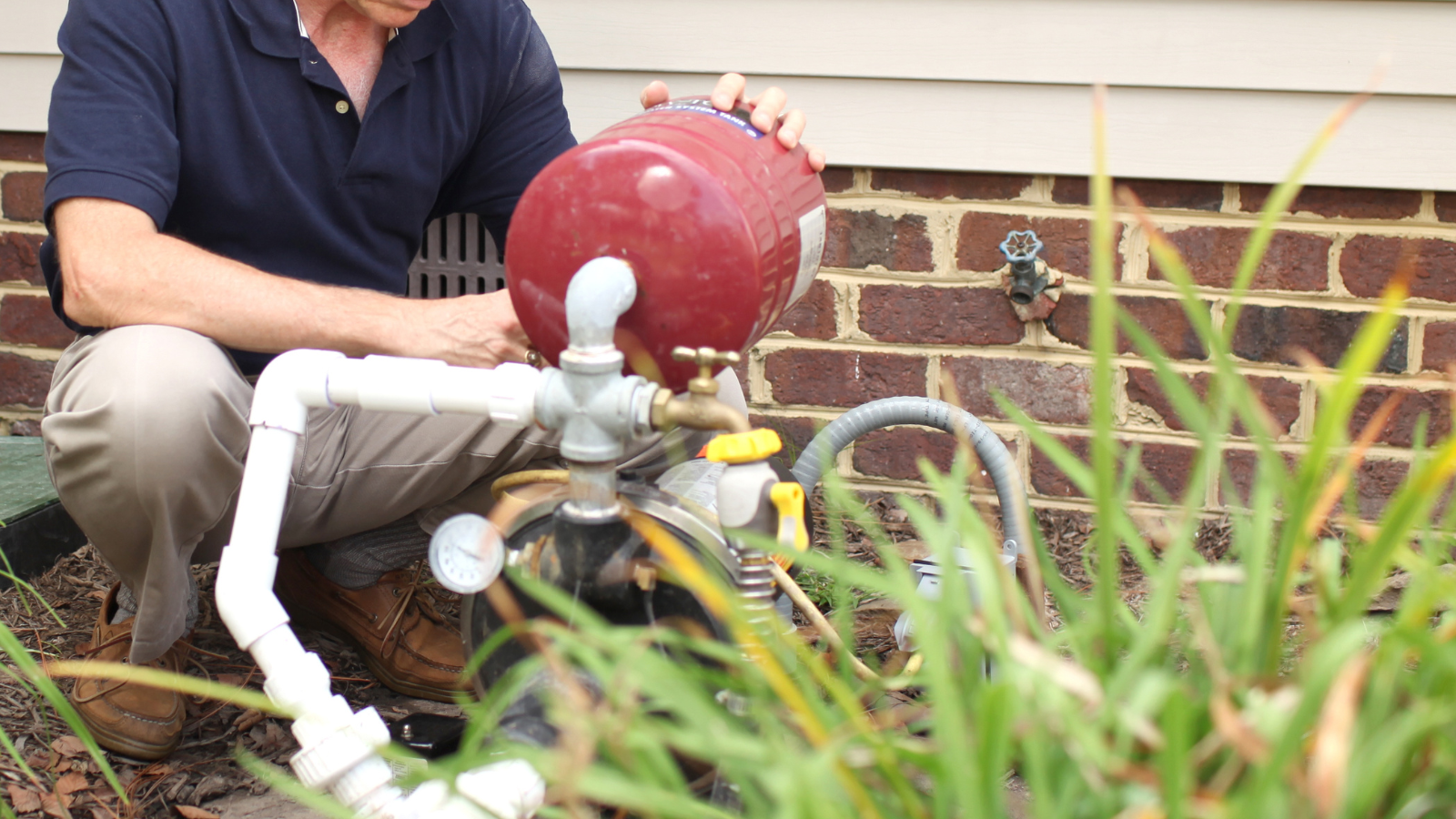When to Replace Your Well Water Tank

Many homes in rural or suburban areas rely on private wells to provide water for drinking, cooking, bathing, and other household uses. A typical well uses an electric pump to bring water into the home, often from significant depths, and that water is stored temporarily in a well water tank, also known as a pressure tank.
Using a pocket of compressed air, the well water tank helps to maintain water pressure between pump cycles, and it stores several gallons of water to minimize pump usage when demand is high. A problem with the well water tank can cause the pump to cycle on and off frequently, which can lead to an expensive, premature failure.
For more information on well water tanks and when it’s time for your replacement, contact Water Doctor online today or call 301-953-2846.
Common Signs of a Well Water Tank Problem
When a well water tank is leaking, its bladder has failed, or it has become waterlogged, you may notice several symptoms, including:
- Reduced water pressure, especially at fixtures on the second floor
- Unstable water pressure as the pump cycles on and off
- A pump that runs less than 30 seconds to pressurize the tank
- A pump that cycles on and off frequently or remains running
- Water leaks at the pressure tank
- Visible corrosion on the exterior of the tank
- Excessive air in plumbing system as faucets and fixtures are used
- Low pressure at the tank’s pressure gauge
If you notice any of these problems, the well water tank may need to be replaced. Have a professional inspect the system as soon as possible to avoid causing damage to the pump or premature failure. Well pumps can be expensive to replace, especially submersible models, which require significant labor to extract from the well.
How a Well Pressure Tank Works
A well pressure tank contains a pocket of air, and as water is pumped into the tank from the bottom, the air is compressed until it reaches the maximum pressure of the water system, typically 50 or 60 psi. The well pump then turns off, and the pressure of the air pushes the water out as faucets or fixtures are used. Once the pressure in the tank drops below the minimum pressure of the water system, typically 30 or 40 psi, the pump turns back on to provide more water and pressurize the tank.
Older well water tanks had no separation between the air and water, allowing them to become waterlogged as air escaped the tank or was dissolved into the water. Then, the tank simply acted as a pipe, with no way to provide pressure between pump cycles, causing the pump to run frequently and shortening its life. Older tanks have a wafer or float to separate the air and water, while today’s models feature a bladder to contain the water, isolating it from the air completely. Any leak in the tank or the bladder can reduce pressure, causing the pump to run more often or the tank to become waterlogged.
5 Ways Water Doctor Can Help Your Well Water System
At Water Doctor, we offer comprehensive water treatment and filtration solutions for well water systems throughout Maryland. Our well water services include:
- Well water testing
- Water chlorination services
- Well pump services
- Acid water treatments
- Iron water treatments
For more well water treatment solutions, contact Water Doctor online or call 301-953-2846 today.
Request a Free Water Analysis Today!
Call Water Doctor Today for Well Water Tank Installation & Repair
At Water Doctor, we provide a variety of well water services for Maryland homeowners, including well water tank replacement, installation, and repair, as well as water quality testing, water treatment services, and pump services. With over 35 years of experience throughout Maryland and a team of knowledgeable, friendly professionals, you can trust Water Doctor for all your water quality needs.
Experiencing any of the issues covered here? Contact Water Doctor today at 301-953-2846 to handle all of your well water tank and water treatment needs!
Proudly Serving The Following
Maryland Counties
Anne Arundel | Howard | Baltimore | Frederick | Montgomery | Carroll | Charles | Calvert | Queen Anne's | Harford
Anne Arundel | Howard | Baltimore | Frederick | Montgomery | Carroll | Charles | Calvert | Queen Anne's | Harford






